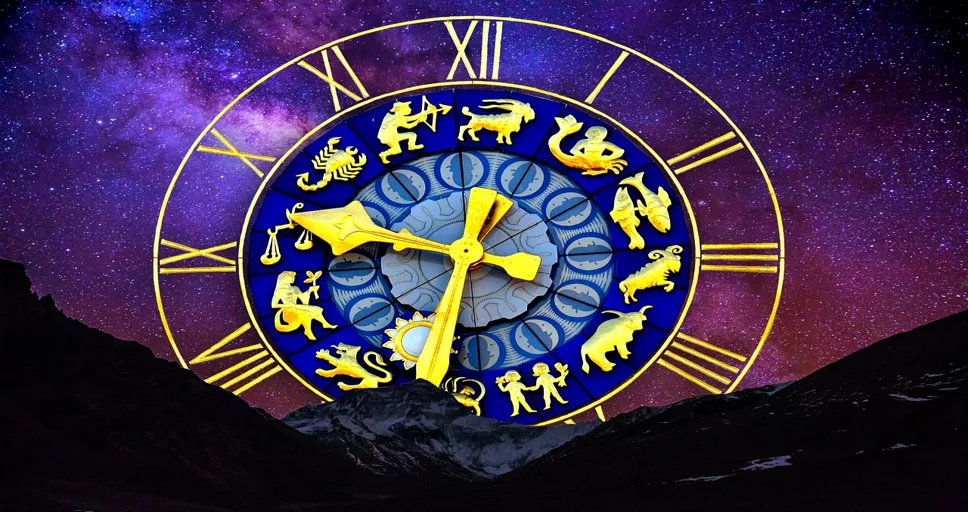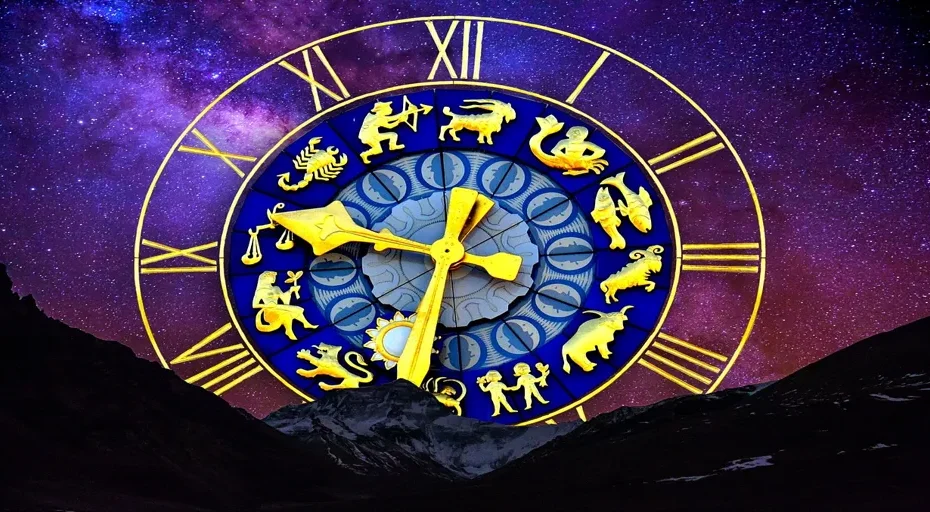Venus opposite ascendant synastry marks the meeting of mirrors, a celestial dance where the heart’s desires reflect off the soul’s window. This aspect in astrology speaks profoundly about connections, highlighting how we draw in those who mirror aspects of ourselves we are yet to understand. It whispers of the allure and challenges of seeing oneself in another, of the invisible threads that bind two spirits in a silent promise of growth and reflection. As we embark on this exploration of Venus opposite ascendant synastry, we unravel the layers of emotional and spiritual revelations that such a pairing can unveil, guiding us through the intricate pathways of human relationships illuminated by the stars. This cosmic encounter does not just tell us who we might attract, but why they mirror parts of ourselves, teaching us lessons wrapped in the guise of intimacy and closeness.
- Venus opposite ascendant synastry is a profound astrological aspect for self-discovery and relationship dynamics.
- It creates a mirror-like reflection between two people, where each sees aspects of themselves in the other.
- This alignment encourages balance, openness, and affection, highlighting both harmony and potential discord in relationships.
- Partners may see each other’s desires, fears, and differences, which can lead to both attraction and challenges.
- Embrace the beauty in these reflections to deepen understanding and foster meaningful connections.
- Navigate this aspect by balancing compromise with individual expression and aligning values for long-term compatibility.
- This aspect provides a unique opportunity for personal growth and deeper emotional connections through mutual discovery and acceptance.
Table of Contents
Understanding Venus Opposite Ascendant Synastry

In the realm of astrology, venus opposite ascendant synastry presents a profound blueprint for self-discovery and relationship dynamics. When Venus, the planet of love and beauty, sits directly across from another’s ascendant, which represents self-image and outward persona, it creates a mirror-like reflection between two souls. This placement invites a journey into the heart of our interactions, where each individual can see aspects of themselves reflected back through the eyes of another.
This celestial alignment is often likened to a dance, where the movements of one influence the rhythm of the other, shaping how they relate and bond. It is about finding balance between the external allure of Venus and the internal identity of the ascendant. This synastry aspect emphasizes the attraction based not only on physical or emotional appeal but also on the subtle energies that resonate between two individuals, pointing towards a potential for both harmony and discord.
The influence of Venus encourages openness and affection, promoting a nurturing and often romantic dynamic. However, the opposite placement to the ascendant may also spotlight differences in personal expression and self-image, challenging partners to integrate these elements into their relationship harmoniously. This dynamic pushes both individuals towards growth, urging them to reconcile their outward expressions with their inner emotional needs.
Navigating venus opposite ascendant synastry requires a delicate balance of acceptance and understanding. It asks us to embrace the beauty in our reflections, to learn from the contrasts and to find a middle ground where love can bloom amidst differences. Through this aspect, partners are provided a unique opportunity to deepen their understanding of themselves and each other, moving beyond surface-level interactions into more meaningful and soul-enriching exchanges.
Each interaction under this starlit alignment holds the potential to teach us about the parts of ourselves that we adore and the fragments we might shy away from. It is a call to explore the depths of our relationships and to find joy in the mutual discovery and acceptance of each other’s truest selves. This understanding is not just about romantic endeavors but also about any form of relationship that brings out the profound interconnectedness revealed by the stars.
Implications for Relationships
The impact of Venus opposite ascendant synastry on relationships extends beyond the immediate sparks of attraction, reaching into the depths of how partners perceive, understand, and ultimately, evolve with each other. This aspect is a harbinger of profound emotional disclosures and serves as a celestial bridge between the external world and the internal landscapes of the individuals involved.
In the dance of Venus opposite ascendant synastry, each partner reflects the other’s desires, fears, and hidden aspects of their persona. The person whose Venus is activated becomes the mirror, displaying qualities the ascendant person may lack or admire, often without conscious awareness. This can result in a magnetic attraction, as each person is drawn to what appears to be a fulfilling complement to their own nature.
However, this mirror does more than just reflect; it also magnifies. Partners under the influence of this aspect may find that their very differences, while initially enchanting, could lead to misunderstandings. For instance, Venus’ search for harmony and beauty might clash with the ascendant’s need for individual expression and autonomy. The challenge here lies in balancing the Venusian qualities of compromise and appreciation with the Ascendant’s drive for self-definition and directness.
Moreover, this synastry aspect encourages an exploration of values. Venus governs what we appreciate and value, both materially and emotionally, while the ascendant governs our approach to new experiences and our interaction with the world. As these realms collide, partners are given the opportunity to redefine and align their values, which is essential for long-term compatibility and mutual respect.
Emotionally, venus opposite ascendant synastry can lead to a relationship where each person feels deeply seen and valued, but also vulnerable. The exposure of one’s innermost qualities and fears can either fortify trust or exacerbate insecurities. Thus, the relationship nurtured under this aspect often becomes a powerful vessel for personal and relational growth, demanding honesty and emotional presence from both partners.
In essence, this aspect brings with it the potential for both beautiful harmony and challenging discord, urging partners to navigate the complexities of intimacy with patience and understanding. It serves as a reminder that true connection involves both seeing and being seen, as we continue to reflect and refine the light within ourselves and each other.

Navigating the challenges of Venus opposite ascendant synastry calls for a deep understanding of the intricacies that this celestial configuration casts upon relationships. This aspect, rich with potential for both conflict and profound mutual growth, necessitates a dance of balance, empathy, and self-awareness.
The primary challenge in venus opposite ascendant synastry lies in the delicate equilibrium between seeing and being seen, between influencing and being influenced. When Venus’ qualities of love, beauty, and harmony meet the outward expressions and self-awareness of the Ascendant, the result can often be a push-pull effect that tests the resilience of the relationship. One person’s expression of affection may not always align with the other’s perception of sincerity or authenticity, leading to misunderstandings or feelings of vulnerability.
To navigate these waters effectively, open communication becomes paramount. Partners must learn not only to express their own feelings and needs clearly but also to listen deeply to the other’s words and, more importantly, the emotions and intentions beneath them. This level of communication fosters a deeper understanding and appreciation of each other’s unique viewpoints and emotional landscapes.
Additionally, this aspect encourages individuals to confront and embrace their shadows—those parts of ourselves we often shy away from. By reflecting these hidden parts back to us, our partners provide us with a unique opportunity for personal growth and transformation. Engaging with these reflections courageously and compassionately can transform potential conflicts into valuable learning moments.
Flexibility and patience are also crucial virtues in managing the challenges posed by Venus opposite ascendant synastry. Relationships under this aspect may frequently encounter moments where individual needs and desires seem at odds. Embracing flexibility allows each partner to adapt more readily to the other’s changing moods and circumstances, smoothing the path towards mutual understanding and respect.
Ultimately, the journey through the challenges of Venus opposite ascendant synastry is about embracing the dance of relationships—the steps forward, the steps back, and the steps together. It is through navigating these challenges that partners can truly discover the beauty of their connections, learning not just to reflect each other’s light, but to shine together in harmony and love.
- Venus opposite ascendant synastry symbolizes a profound connection, mirroring personal traits and fostering deep self-awareness.
- This aspect encourages partners to reflect each other’s desires and fears, highlighting the importance of balance and mutual understanding in relationships.
- It can both attract and challenge partners, urging them to integrate their external images with inner emotional needs.
- Challenges include managing differences that magnify under this aspect, potentially causing misunderstandings.
- The relationship serves as a vehicle for personal and mutual growth, demanding honesty and emotional depth.
- It’s essential for partners to align their values for long-term compatibility and to deepen trust through vulnerability.
Synastry Astrology- Venus in partner’s 7th house
Frequently Asked Questions

What does Venus opposite Ascendant mean?
Venus opposite Ascendant in astrology indicates a strong awareness of others’ needs and a natural inclination toward creating harmonious relationships. It often reflects a person who is charming and attractive to others.
What is the conjunction between Venus and Ascendant?
The conjunction between Venus and the Ascendant in a natal chart enhances a person’s physical appearance and attractiveness, and often imparts a loving and sociable nature. This aspect typically makes an individual very approachable and well-liked.
Conclusion
In the celestial ballet of Venus opposite ascendant synastry, we find a profound narrative of reflection, challenge, and growth. This aspect illuminates the art of relationships, where the mirror of Venus reflects not just our desires but our deepest selves, urging us to confront and embrace both our light and shadows.
The journey through venus opposite ascendant synastry is akin to walking a path lit by the stars—a path that demands courage, awareness, and the willingness to evolve. It offers a unique perspective on how relationships can serve as powerful catalysts for personal development and spiritual growth. In this dynamic, love becomes not just a feeling but a force that propels us toward deeper self-knowledge and mutual understanding.
As we navigate this intricate dance, the lessons are manifold. We learn the importance of balance—the delicate equilibrium between giving and receiving, expressing and listening, holding on and letting go. Each step forward in this dance is a step towards deeper intimacy and understanding, revealing that the true beauty of venus opposite ascendant synastry lies in its potential to transform us.
Thus, the essence of this astrological aspect is not just about understanding the dynamics of attraction and reflection. It is about recognizing that each relationship, with its challenges and triumphs, is a chapter in the larger story of our lives—a chapter that teaches us about the complexity of human connections and the transformative power of love. In embracing the lessons of Venus opposite ascendant, we open ourselves to the possibilities of a richer, more fulfilling relational experience, guided by the stars but walked by our own steps.
